Forty Years of Grassroots Advocacy at San Diego’s Chicano Park
At one point in its history, San Diego’s Barrio Logan contained the “second largest Chicano barrio community” with a population reaching 20,000. City zoning laws in the 1950s incited changes to the community and Interstate 5 bisected its heart. In 1969, the Coronado Bay Bridge added on-ramps and pylons, leading to a population exodus. Around the same time, community members began fighting for a community park under the newly built freeway foundations. When construction commenced on a highway patrol station at the site, hundreds of community members organized in opposition to the proposed station. Instead, the community wanted a park on the site; thus the long struggle for Chicano Park began.
Artist Salvador Torres, a key figure in the murals at Chicano park, was in attendance at an April, 1970 meeting between government officials and residents who opposed construction of the Highway Patrol station on the site of the longed-for park. He spoke passionately at the meeting of his vision for the park, hoping that local Chicano artists could turn the concrete pylons and onramps into “things of beauty reflecting Mexican-American culture.” “We are ready to die,” Torres said in his statement.
A young man at the meeting followed Torres’ statement by directing his comments to the officials present: “To you, culture means Taco Bell and the funny Mexican with the funny songs. We gave you our culture of a thousand years. What have you given us? A social system that makes us beggars and police who make us afraid. We’ve got the land and we are going to work it. We are going to get that park. We no longer talk about asking. We have the park.”
About the ‘Community-Driven Action’ Workshop at Chicano Park
The California Preservation Foundation, with support from a panel of speakers from the San Francisco Latino Historical Society, Los Angeles Conservancy, Stewards of the Chicano Park, and the California Office of Historic Preservation, will be looking at grassroots advocacy for Latino(a)/Chicano(a) heritage sites during our annual conference in San Diego. The session will occur Thursday, April 30th, from 2:00 – 5:15 PM and will conclude with a tour of Chicano Park. You can register for the tour by visiting our registration page or calling 415-495-0349
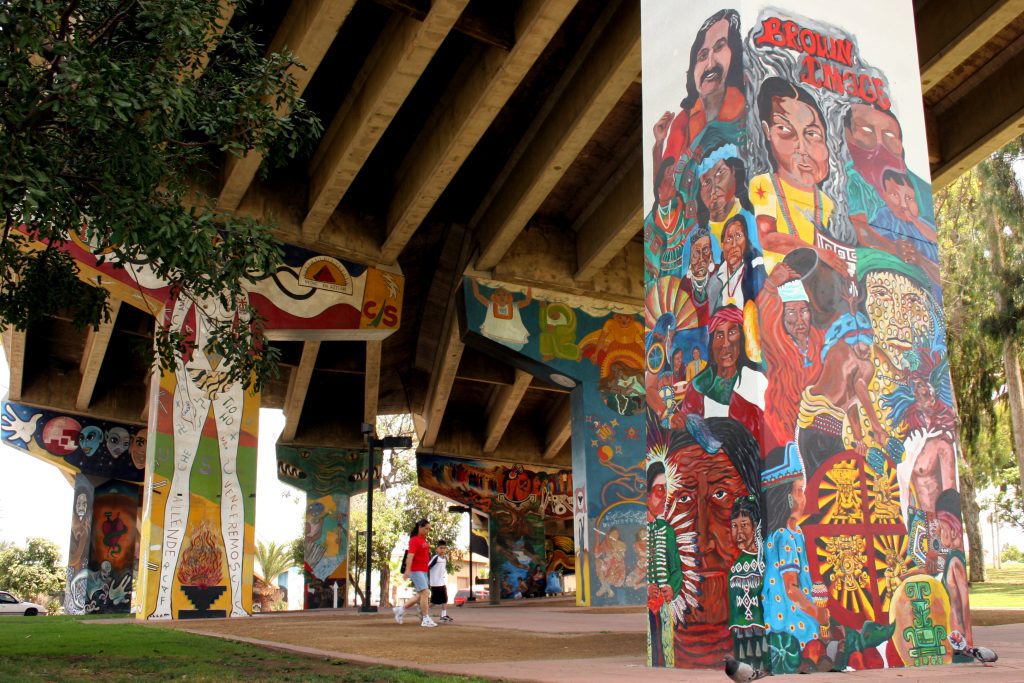
Photo Courtesy Kellinahandbasket
As the park was occupied by the organizers, its three acres were planted with desert plants and grass. Chicano youth from Santa Barbara, Los Angeles and beyond traveled to the site to offer their support. On May 1, 1970, an agreement was reached and a land exchange for the proposed highway patrol station site was set in motion. Two months later, the city council authorized a contract to develop a park at the site.
The first annual celebration of Chicano Park Day welcomed one thousand people, and the park has since served as a symbol of one community’s establishment of a place for community events and artistic expression. Beginning in 1973, after protracted negotiations with public officials, Torres, along with a coalition of Chicano artists and advocates began using the drab concrete pylons as canvases. The murals along the abutments on Logan Avenue were completed by Los Toltecas en Aztlan, along with three hundred residents.
As Torres recalled, “Three hundred people… all of a sudden were all over the walls. It was done spontaneously. We exploded on the walls…At this early stage of the mural program, community involvement was important in obliterating the grayness from their park.”
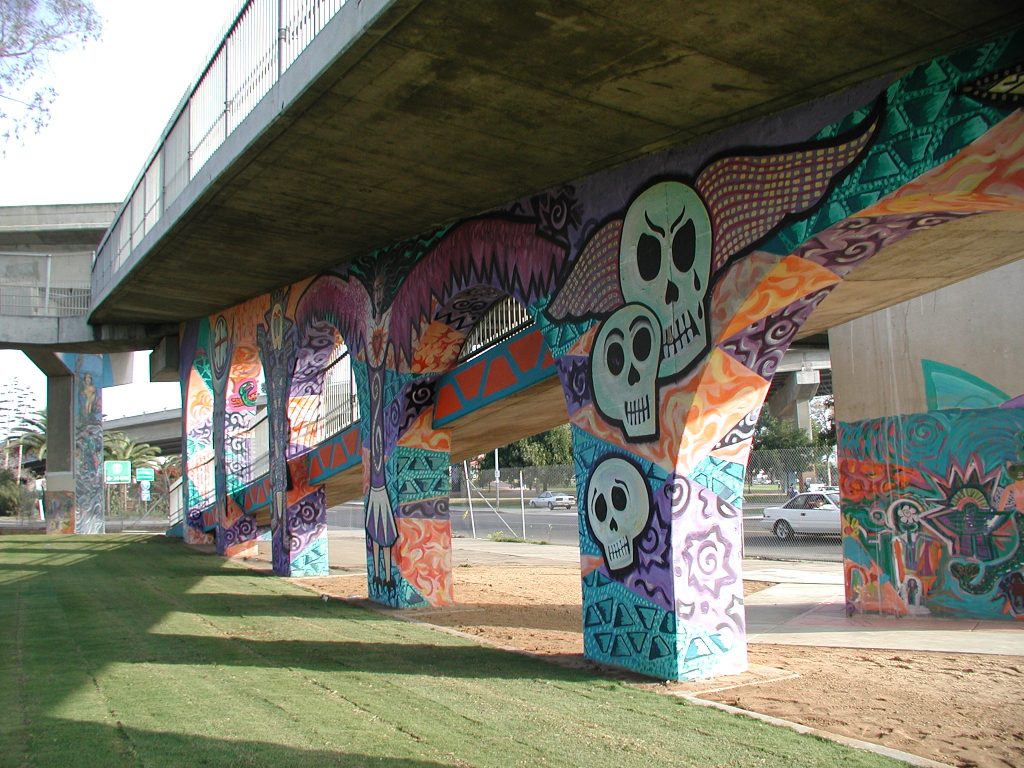
Photo Courtesy Xelipe
In 1980, Chicano Park was designated San Diego’s Historical Site #143. Since then, Chicano Park has been painstakingly maintained by artists and community members under the aegis of the Chicano Park Murals Committee. In 2013 the site was designated on the National Register of Historic Places.
The California Preservation Foundation, with support from a panel of speakers from the San Francisco Latino Historical Society, Los Angeles Conservancy, Stewards of the Chicano Park, and the California Office of Historic Preservation, will be looking at grassroots advocacy for Latino(a)/Chicano(a) heritage sites during our annual conference in San Diego. The session will occur Thursday, April 30th, from 2:00 – 5:15 PM and will conclude with a tour of Chicano Park. You can register for the tour by visiting https://californiapreservation.org/conference or calling 415-495-0349.
- Photo Courtesy Peyri Herrera
- Photo Courtesy kellinahandbasket
- Photo Courtesy Peyri Herrera
- Photo Courtesy Teddeady
- Photo Courtesy Teddeady
- Photo Courtesy Teddeady
- Photo Courtesy Patty Mooney
- Photo Courtesy Teddeady
- Photo Courtesy Xelipe
- Photo Courtesy Xelipe
- Photo Courtesy Xelipe
- Photo Courtesy Xelipe
- Photo Courtesy Xelipe
- Photo Courtesy Patty Mooney
- Photo Courtesy The City Project
- Photo Courtesy Xelipe
- Photo Courtesy Jay Galvin
- Photo Courtesy The City Project
- Photo Courtesy The City Project
- Photo Courtesy Teddeady
- Photo Courtesy Teddeady
- Photo Courtesy Kellinahandbasket
| Ident-Nr. | Author | Publisher | Copyright | License | |
|---|---|---|---|---|---|
 | Cody Raskin | Cody Raskin | Image © Image Courtesy Cody Raskin | ||
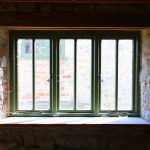 | Zephyris | Flickr | Image © | Zephyris | |
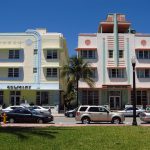 | 8381874145 | Jasperdo | © Jasperdo - Flickr.com | ||
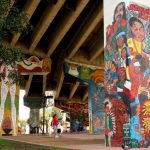 | kellinahandbasket_ChicanoPark-1024×683 | Image © | |||
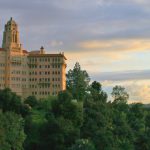 | Karol Franks | Image © | |||
 | 9350956107 | Manuel Gamba | Flickr | © Manuel Gamba - Flickr.com | Attribution-NonCommercial License |
 | National Center for Preservation Training and Technology | Image © | |||
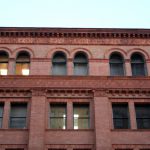 | 5278247566 | chrissteve-cands | © chrissteve-cands - Flickr.com | ||
 | 7125817911 | Mark Hogan | © Mark Hogan - Flickr.com | ||
 | Architectural Resources Group | Image © | |||
 | 4254097576 | Pleuntje | © Pleuntje - Flickr.com | ||
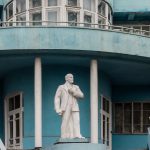 | Sergey Norin | Image © | |||
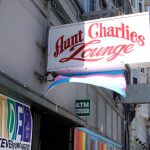 | torbakhopper | © torbakhopper - Flickr.com | |||
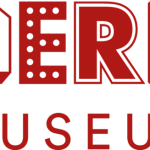 | Tenderloin Museum | Image © | |||
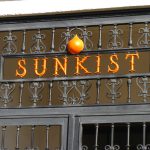 | 4482253764 | Jasperdo | © Jasperdo - Flickr.com | ||
 | Henrik Kam | Image © | |||
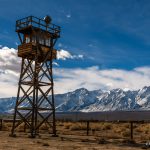 | Mike Fisher | Image © | |||
 | Don McCullough | Image © | |||
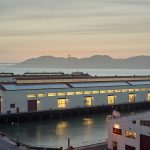 | Bruce Damonte | Image © | |||
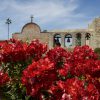 | Mission San Juan Capistrano | Image © Image Courtesy Mission San Juan Capistrano | |||
 | Freeside | Image © Image Courtesy Freeside | |||
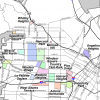 | City of Los Angeles | Image © Image Courtesy City of Los Angeles | |||
 | Muhammad Zharfan | Image © | |||
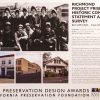 | Richmond Project Prism Historic Context Statement and Survey | Image © | |||
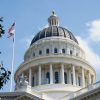 | Tom Myers | Image © | |||
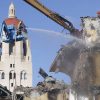 | John Loo | Image © John Loo | |||
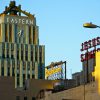 | Christopher Lance | Image © Christopher Lance | |||
 | Wyman Laliberte | Image © Zoning Map Winnipeg | |||
 | Miki Yoshihito | Image © | |||
 | Jonathan Haeber | Image © By Jonathan Haeber | |||
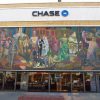 | John Schrantz | Image © Image by Jasperdo | |||
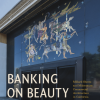 | Hunter Kerhart | Image © Image by Hunter Kerhart | |||
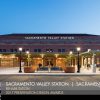 | Tim Griffith | Image © Tim Griffith | |||
 | The Arboretum | Image © | |||
 | J. Paul Getty Trust | Image © | |||
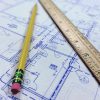 | Wokandapix | Image © | |||
 | 12768824664 | Recrea HQ | © Recrea HQ - Flickr.com | ||
 | iveslevesque | Image © Photo by iveslevesque/Flickr | |||
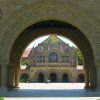 | Harshil Shah | Image © | |||
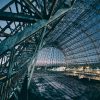 | Stephen Freskos | Image © Stephen Freskos/Flickr | |||
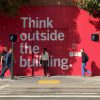 | Eric E Castro | Image © | Creative Commons | ||
 | CyArk | CyArk | Image © | ||
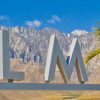 | Randy Heinitz | Randy Heinitz | Image © | ||
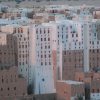 | kebnekaise | Image © kebnekaise | |||
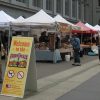 | Frank Farm | Image © | |||
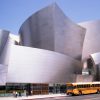 | Aquistbe | Image © Walt Disney Concert Hall, Los Angeles | |||
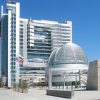 | Coolcaesar | Image © San José City Hall, San José | |||
 | Beyond My Ken | Image © San Francisco Museum of Modern Art, San Francisco | |||
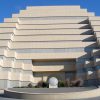 | Coolcaesar | Image © The Ziggurat, West Sacramento | |||
 | allenhimself | Image © Horton Plaza, San Diego | |||
 | Steve Boland | Image © Binoculars Building, Venice | |||
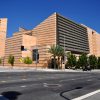 | Clinton Steeds | Image © Cathedral of Our Lady of the Angels, Los Angeles | |||
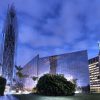 | Dave Reichert | Image © Crystal Cathedral, Garden Grove | |||
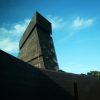 | Lars Plougmann | Image © de Young Museum, San Francisco | |||
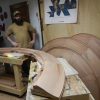 | Stephen Schafer | Image © | |||
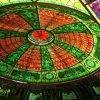 | Jonathan Haeber | Jonathan Haeber | Image © | ||
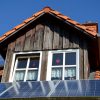 | pxhere | Image © | |||
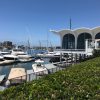 | Krista Nicholds | Image © | |||
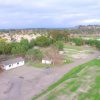 | Friends of Niguel Moulton Ranch | Image © Aliso Viejo/Moulton Niguel Ranch | Permission from the Friends of Niguel Moulton Ranch | ||
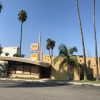 | Krista Nicholds | Image © | |||
 | Krista Nicholds | Image © | |||
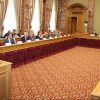 | Chambre des Députés | Image © | |||
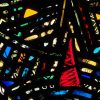 | Jeremy Ehling 2017 | Jeremy Ehling 2017 | Image © | ||
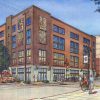 | CFY Development | Image © | |||
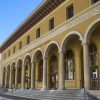 | Noah Salzman | Image © | |||
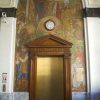 | Noah Salzman | Image © Berkeley Main Post office, interior, mural and wood work surrounding elevator entrance | |||
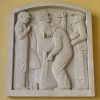 | Noah Salzman | Image © Berkeley Main Post office, sculpture on east side of main entrance. Signed: David Slivka, 1937 | |||
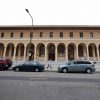 | Matthew Roth | Image © Berkeley Post Office | |||
 | Joe Gratz | Joe Gratz | Image © | ||
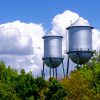 | imtnbike | © imtnbike - Flickr.com | |||
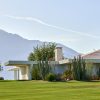 | The Annenberg Foundation Trust at Sunnylands | Image © | |||
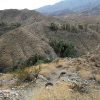 | Martin Haeusler | Image © | |||
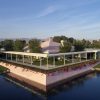 | The Annenberg Foundation Trust at Sunnylands | Image © | |||
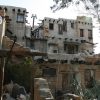 | Wikipedia user Jllm06 | Image © | |||
 | David Glomb | Image © | |||
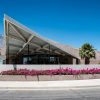 | © Gary Bembridge | Image © | |||
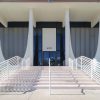 | © Stephen Schafer Photography www.HABSPHOTO.com | Image © | |||
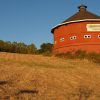 | Ernest McGray, Jr. | © Ernest McGray, Jr. - Flickr.com | |||
 | Joanne C Sullivan | Joanne C Sullivan | © Joanne C Sullivan - Flickr.com | ||
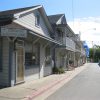 | Alex Westhoff | Image © Walnut Grove’s Japanese-American Historic District | |||
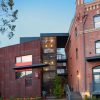 | garcia architecture + design / Studio 101 West Photography | Image © | |||
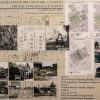 | Carey & Co. / TreanorHL; historic images courtesy Bancroft Library, University of California, Berkeley | Image © | |||
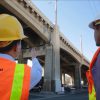 | Los Angeles Bureau of Engineering | Image © | |||
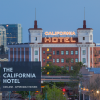 | Mark Luthringer | Image © | |||
 | Mark Luthringer | Image © | |||
 | Mark Luthringer | Image © | |||
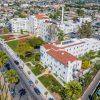 | AMCAL Multi-Housing, Inc. | Image © | |||
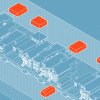 | San Francisco Planning | Image © | |||
 | © John Fidler Preservation Technology Inc., for the Academy Museum of Motion Pictures | Image © | |||
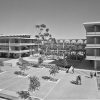 | © Robert Glasheen Photograph Collection, UC San Diego Special Collections and Archives | Image © | |||
 | © Robert Glasheen Photograph Collection, UC San Diego Special Collections and Archives | Image © | |||
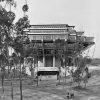 | © Robert Glasheen Photograph Collection, UC San Diego Special Collections and Archives | Image © | |||
 | Norm Lanier | Image © | |||
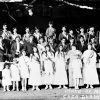 | Riverside Public Library, Shades of Casa Blanca | Image © | |||
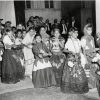 | Riverside Municipal Museum | Image © | |||
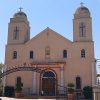 | Diocese of San Bernardino | Image © | |||
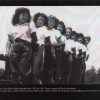 | Riverside County Mexican American Historical Society | Image © | |||
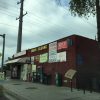 | Rincon Consultants, Inc. | Image © | |||
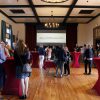 | Harrison Design. Rarely seen architectural drawings were shown at the opening reception at the Alhecama Theatre. | Image © | |||
 | Harrison Design. Dennis P. Doordan, Ph.D., Emeritus Professor, School of Architecture, University of Notre Dame, lectured on traditional urbanism. | Image © | |||
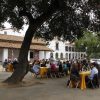 | Harrison Design. The communal-style lunch at Casa de la Guerra. | Image © | |||
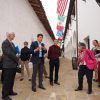 | Dr. Paul Mori. Participants and panelists took an architectural walking tour. From left to right: Dennis Doordan, Ph.D., Emeritus Professor, School of Architecture, University of Notre Dame; Anthony Grumbine, AIA, principal architect, Harrison Design; Steve Hausz, architect, and Sheila Lodge, former Santa Barbara mayor. | Image © | |||
 | Brandon Doran | © Brandon Doran - Flickr.com | |||
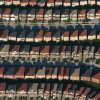 | IDuke, November 2005 | By IDuke, November 2005 [Creative Commons], via Wikimedia Commons | |||
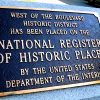 | Taber Andrew Bain | © Taber Andrew Bain - Flickr.com | |||
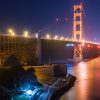 | Jonathan Haeber | © Jonathan Haeber - Flickr.com | |||
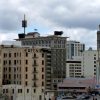 | 1FlatWorld | © 1FlatWorld - Flickr.com | |||
 | Ian Whalen | Ian Whalen | © Ian Whalen - Flickr.com | ||
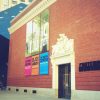 | Joel Bez | Joel Bez | Image © | ||
 | Jeff Turner | © Jeff Turner - Flickr.com | |||
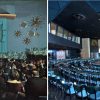 | Jonathan Haeber | Image © | |||
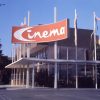 | Orange County Archives | Image © | |||
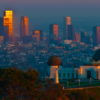 | igorelick | Image © | |||
 | John O’Sullivan | © John O’Sullivan - Flickr.com | |||
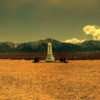 | Joseph Voves | © Joseph Voves - Flickr.com | |||
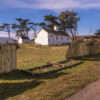 | Wayne Hsieh | Image © | |||
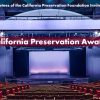 | Lane Barden | Image © | |||
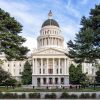 | Andre M | By Andre M [Creative Commons], via Wikimedia Commons | |||
 | Codelco | © Codelco - Flickr.com | |||
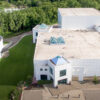 | relux. | © relux. - Flickr.com | |||
 | Bennilover | Image © Mission San Juan Capistrano Image Courtesy Bennilover |

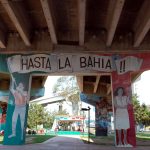
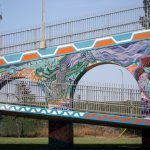


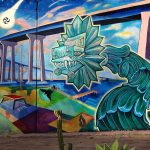
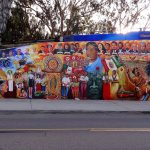
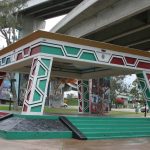
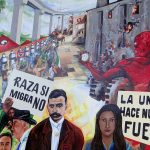
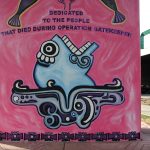
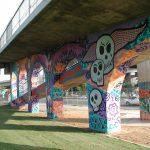
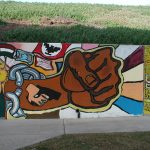
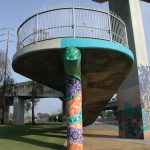
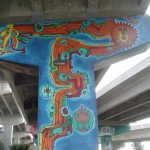


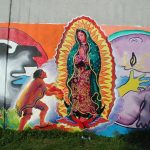
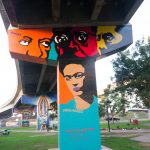
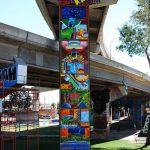
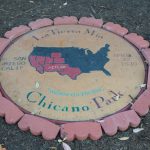

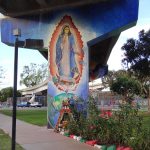
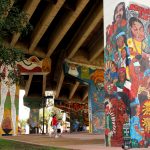
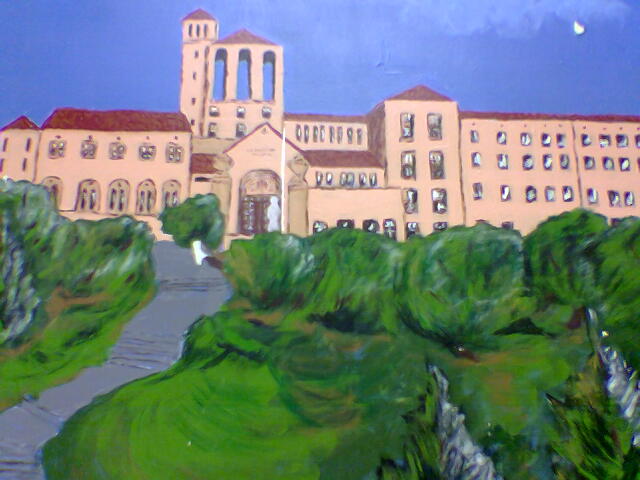

Regarding the last paragraph concerning the panel on April 30th, the ‘Stewards of Chicano Park’ is the Chicano Park Steering Committee (http://www.chicano-park.com/) and on Facebook at https://www.facebook.com/pages/Chicano-Park-Steering-Committee/298152410237632.